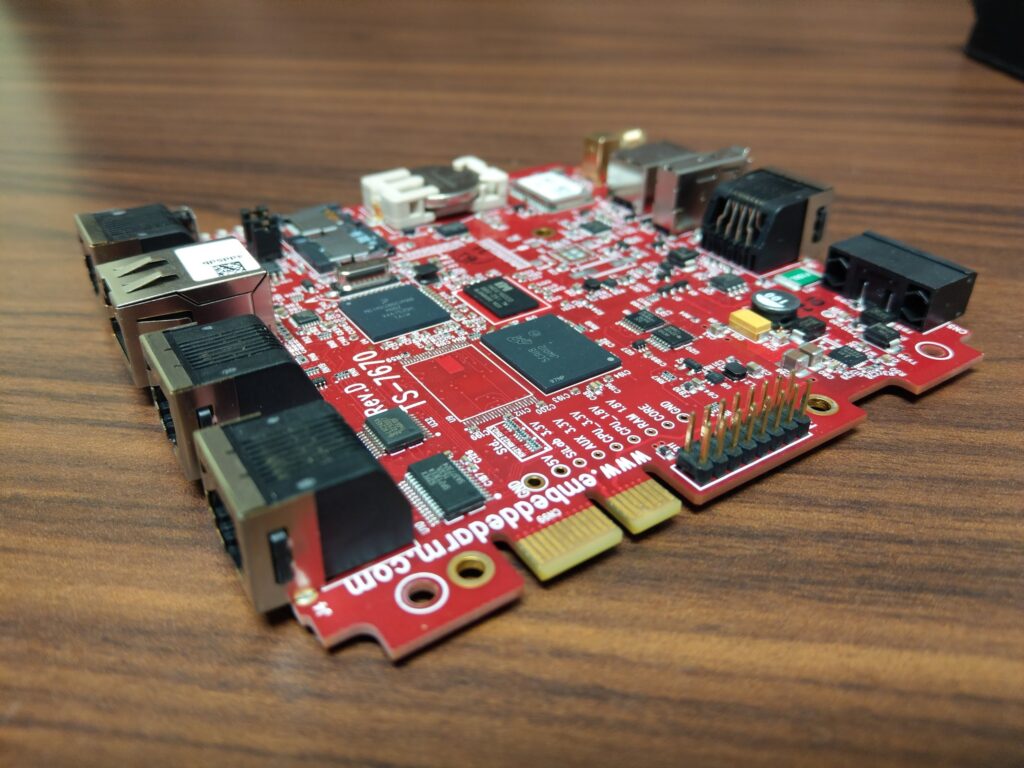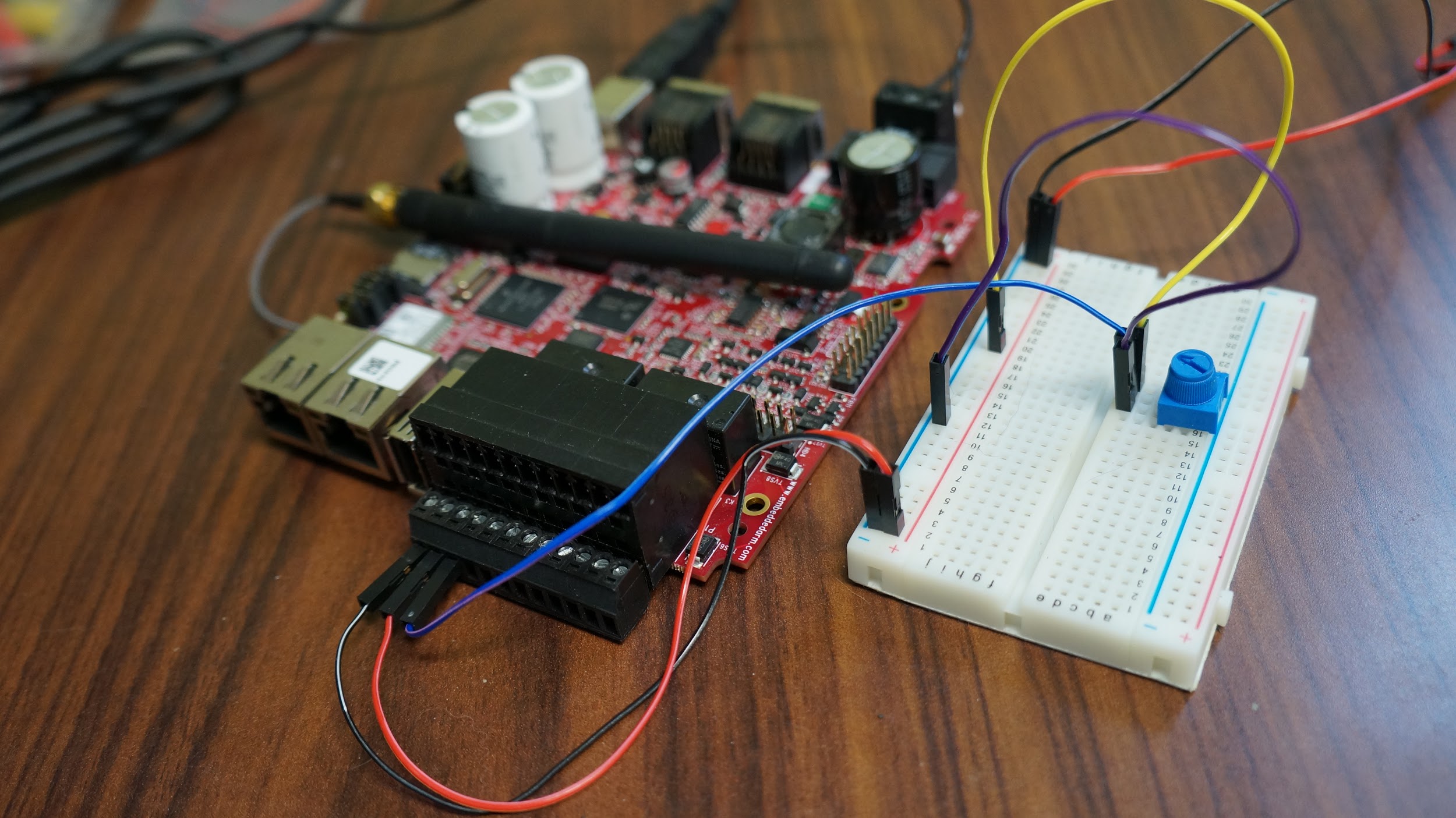Introduction
We’re graduating from our Getting Started with Qt Creator on the TS-TPC-8390-4900 guide, where we ran an example program which came preloaded with Qt Creator on our TS-TPC-8390-4900, and moving into a more real world situation. This guide builds upon the foundations that we set up in the getting started guide and will walk you through building a simple human machine interface (HMI) for supervisory control and data acquisition (SCADA) applications. We’ll be controlling a register connected to a red LED as well as reading a temperature sensor connected to our CPU. This is about as basic as you can get to demonstrate both system control and data acquisition, and it’s not far from a basic real world use case. In the real world, you’d be toggling DIO or relays instead of toggling an LED. As an end user of the touch panel computer (TPC), you’d be transferring control signals or other data via RS-232 or Ethernet with the press of a button. Once you complete this tutorial it’s a small jump to toggle DIO and relays to control a remote system.
For this guide, a project file containing TS-TPC-8390-4900 specific code written in C++ called “HeatLaser” will be provided for you. It reads CPU temperature every second and toggles the red LED. You’ll simply download it and open the project within Qt Creator. By the end of this guide, you’ll be able to run and have a basic understanding of a Qt Quick Controls application. When you’re comfortable, you can make some edits to the project file to implement other similar tasks that may be more relevant to your needs.
[gfycat data_id="AridOrderlyGreatdane"]
Continue reading “Develop a Simple Qt Quick Interface for HMI/SCADA Applications”







